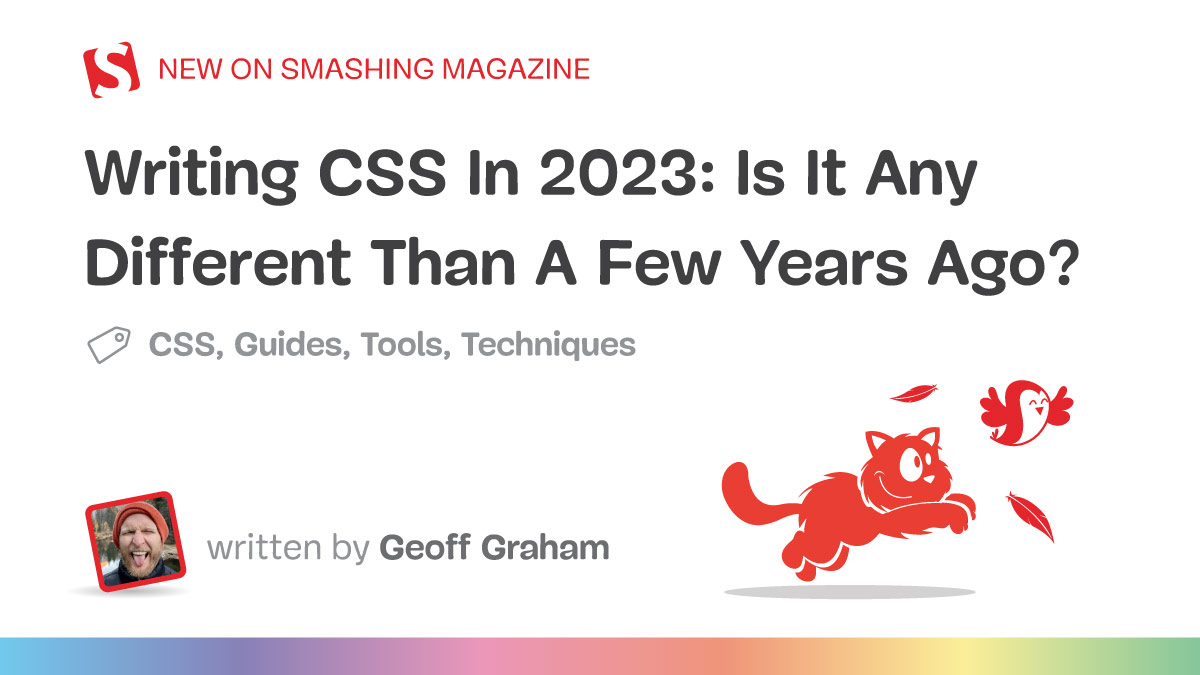

Okay that’s good, spaces for hydro storage isn’t an issue.
The only problems/questions left are:
- Are the spaces spread out in the right areas, and can they be chosen in the right combination that won’t lead to problems down the line? (I think that’s beyond the scope of that document, but we’ll assume it is all good for now)
- Time (let’s just assume it’s faster to get it all built than nuclear so we can examine hydro storage more)
- Cost. Looking at the link I find:
Thus, the expected cost of a 1,000 megawatt pumped hydro energy storage system with a head of 600 m and 14 hours of storage is about $1.8 billion.
1000 MW = 1GW : $1.8B
And your quote says we need 450 GWh of storage.
So 450 x 1.8 = $810B
(I’m assuming I haven’t made a mistake about the 14 hours of storage and the converting between GW and GWh).
Our current GDP is 1.6 trillion.
So we could do it, but it would cost us half of our GDP for one year (but we’d be spreading it out over multiple years).
I’m assuming economies of scale would come into effect, but how much more efficient can you be at making and pouring concrete.
I haven’t found any source on the fiscal cost of the Coalition’s plan (I doubt they even know, and I suspect that they’re just trying to extend the life of coal by relying on delays), but it begs the question:
Would their seven proposed nuclear stations be cheaper than $810 Billion?






Looking back at history, it would lead to more propaganda and more support for going to war.
A population getting attacked only leads to that population wanting to an us vs them mentality and emotional knee-jerk reactions over rational responses.